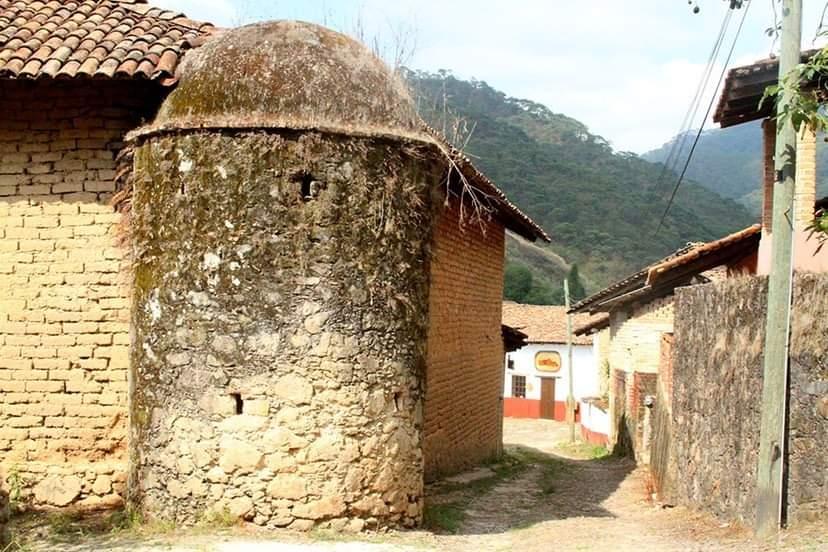Informant: The informant is a very good friend of mine. She and I met in my sophomore year of high school. She is currently an undergraduate at Cal State Dominguez Hills. The following transcript is a retelling of a ghost story that she heard from her mom and that has been passed down by the family due to very weird circumstances.
Context: Informant’s mom heard this in the late 1980’s, on a day that her mom was coming back from school in Jalisco, Mexico. However, this ghost story dates as far back as the early 1900’s. Informant states, that she doesn’t believe this story because it wasn’t something that her mom experiences herself, but a story that has been passed down by those in the small town.
Story: “In my mom’s small town there was this big house made of stone. In one of the corners of the house, on the outside, there was this small tower-like structure also made of stone. The top was covered by a dome-like thing, which was also made of stone. Everything was made of stone. It was said throughout my mom’s town that there was a woman who would appear in that tower. Just a woman who would walk out from that tower. There was no way into that tower or out of that tower except through the inside of the house. At that time, there was no woman living in this house, but just a man at that time. This story was told by my mom to me, but it was originally an experience and tale that happened to my grandma’s acquaintance. For when he saw this woman, it held his arm and walked him home.”

Analysis: This ghost story wasn’t terrifying at all, but rather a bit questionable because no one else had seen this ghost lady other than the man who claims to have seen it and spread the story around town. I think when it comes to the context of the story, the person who first experiences such paranormal events should be reliable in order for something to be believed. This mans who claims to have seen the ghost lady and have walked him home, might have been possibly drunk or extremely tired. The fact, that there is very little details to this story, demonstrates how details of such experiences over time lose detail little by little. Because again, this story told by my friend has now passed around through the mouths of about 5+ people. Mayble if the man who experiences this where still alive, or met him in person, he would be able to explain the events of what specifically occurred on that day.

